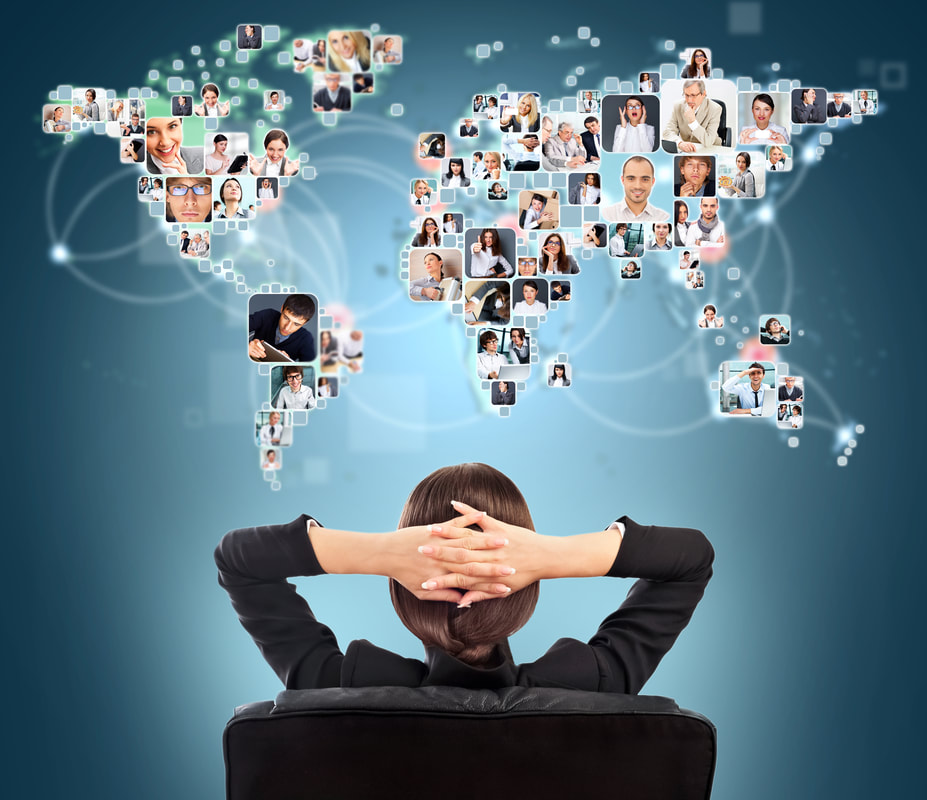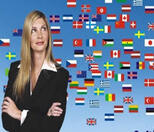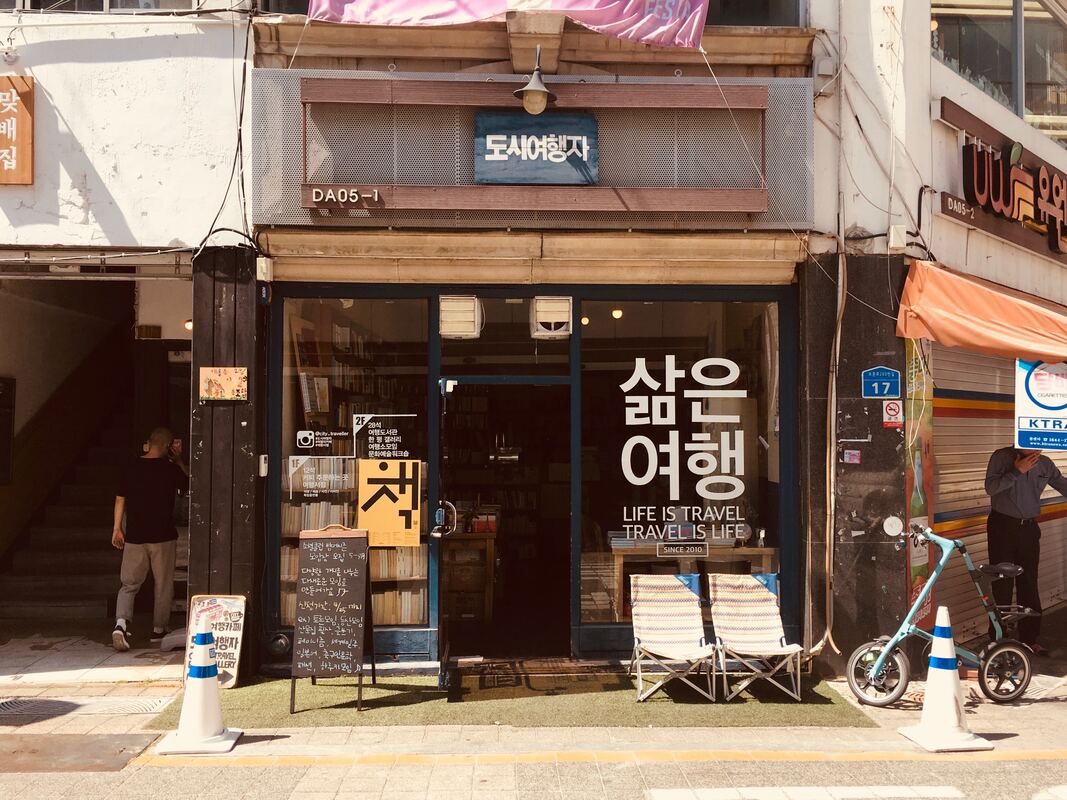If the language course is directly relevant to your job, such as improving communication with clients or performing duties in another language that is necessary for your work, you may be able to claim it as a tax deduction. However, if the course is primarily for personal interest or to prepare for a future job, it typically does not qualify as a deductible expense.
To claim a deduction for a work-related course, you need to meet the following conditions:
- The expense must be directly related to your current employment.
- You must have paid for the expense yourself (it cannot be reimbursed by your employer).
- You must have records to prove the expense, such as receipts or invoices.


















